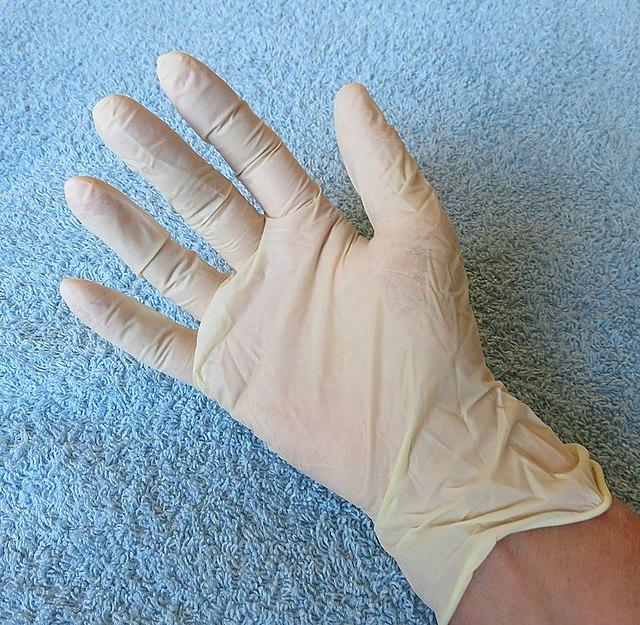In recent years, we’ve noticed an increasing number of people developing allergic reactions to the latex gloves we wear to protect ourselves and others from harmful substances. These reactions can range from mild itching and rashes to more severe symptoms such as difficulty breathing and anaphylaxis. According to the American College of Allergy, Asthma, and Immunology, about 3 percent of the general population and up to 8 percent of healthcare workers have a latex allergy.
To prevent latex glove allergies, it’s important to understand what causes them. Latex is a natural substance found in rubber trees, and while it’s been used in gloves and other products for decades, the use of latex gloves has increased in recent years due to their effectiveness in preventing the spread of infectious diseases. However, when latex is processed and made into gloves, it can contain proteins that can trigger an allergic reaction. These proteins can be inhaled when the gloves are powdered, or they can come into contact with the skin when the gloves are worn.
The best way to prevent an allergic reaction to latex gloves is to avoid them altogether. However, this is not always possible for people who work in fields such as healthcare, food service, and laboratory research. If avoiding latex gloves is not an option, there are steps you can take to minimize your risk. One way to do this is to choose gloves that are made from synthetic materials, such as nitrile or vinyl. These materials are just as effective in protecting against harmful substances, but they don’t contain the proteins that cause allergic reactions. Additionally, switching to low-protein latex gloves, which have been treated to remove or reduce the amount of proteins present, is another alternative.
It’s also important to be aware of the signs of a latex allergy. These can include itching, redness, and rashes on the skin, as well as sneezing, runny nose, and difficulty breathing. If you experience any of these symptoms, remove the gloves and seek medical attention immediately. Being able to recognize these symptoms early on can prevent the allergy from escalating and becoming a more serious issue.
To further prevent an allergic reaction, it’s important to take care of your skin, this means keeping your hands clean and dry and using a mild moisturizer after washing your hands. Also, wearing gloves for long periods of time can cause sweaty hands, which increases the risk of developing an allergic reaction. In this case, it’s important to take frequent breaks and change gloves as often as necessary to keep your hands dry.
Finally, it’s essential to take precautions to prevent a latex allergy, especially if you’re at risk. If you’re at risk for a latex allergy, talk to your doctor or occupational health professional about the best ways to protect yourself on the job. They can provide you with an action plan to keep you safe and provide you with guidance on what to do if an allergic reaction occurs.
Latex glove allergies are a serious concern in the workplace, but by understanding the causes and taking appropriate measures, we can protect ourselves and our colleagues from harm. By switching to synthetic materials or low-protein latex gloves, being aware of the symptoms and taking care of your skin, and seeking guidance from a professional, we can minimize the risk of an allergic reaction. With the right steps, we can keep ourselves and our colleagues safe from latex allergies and continue to do the important work we do.


